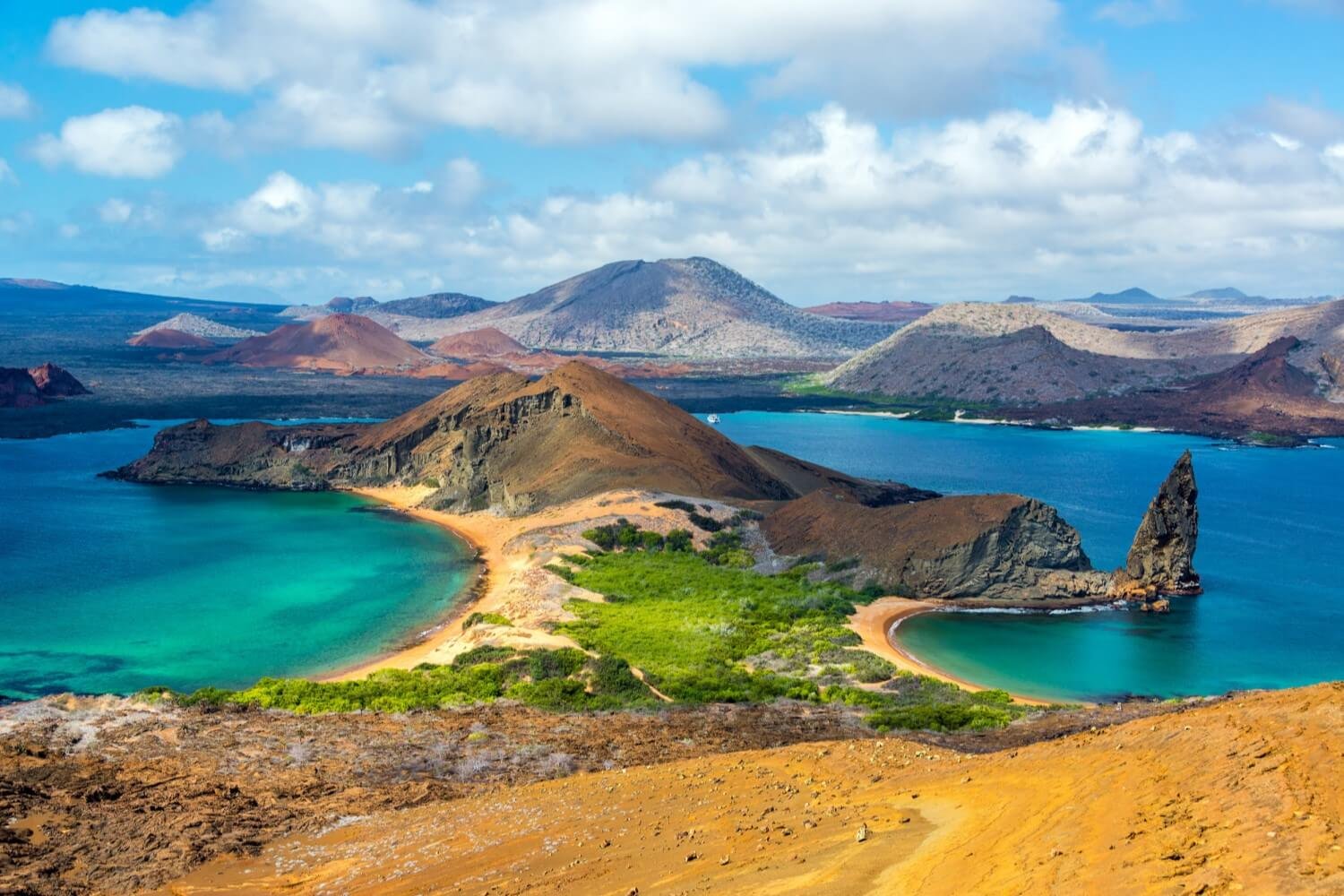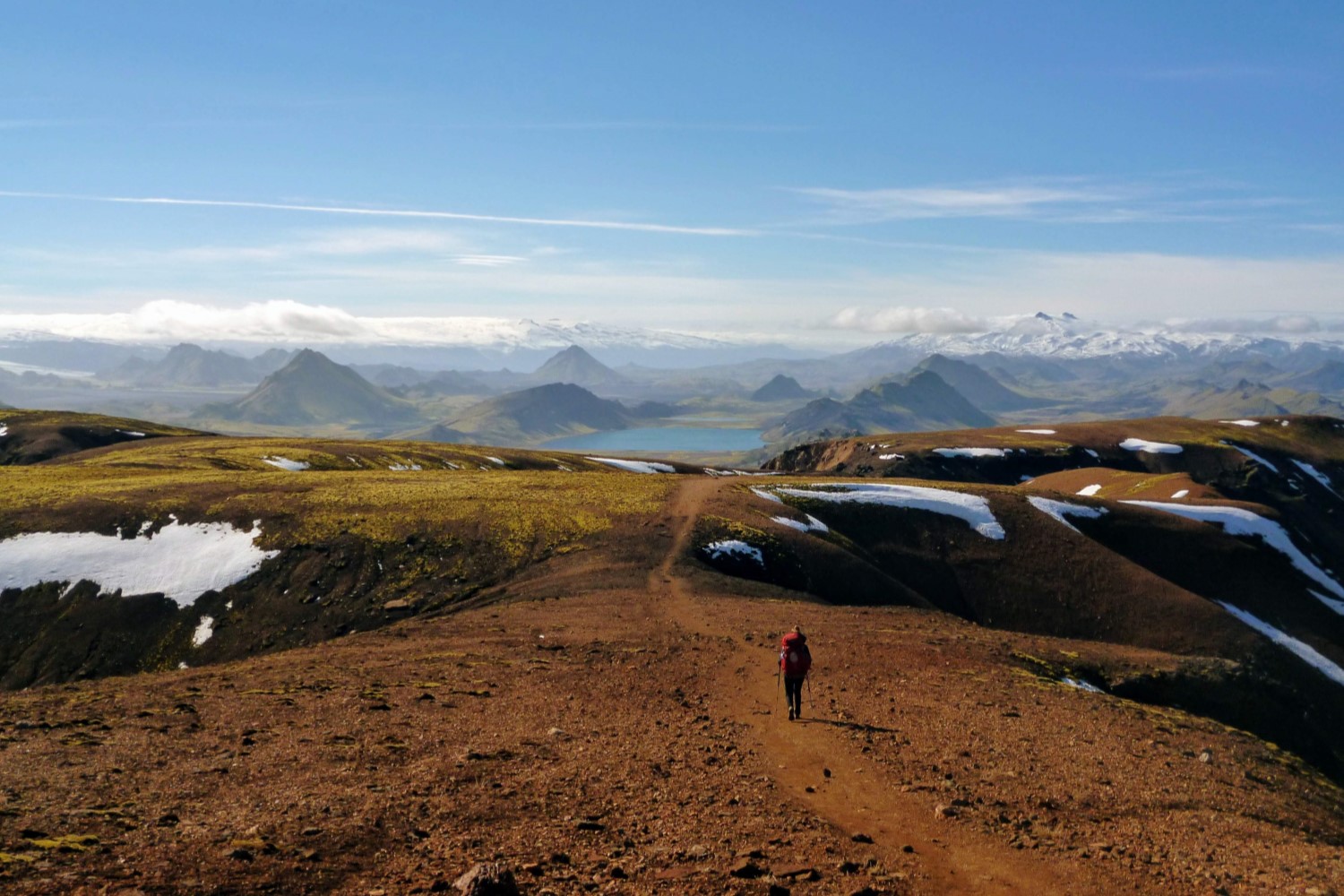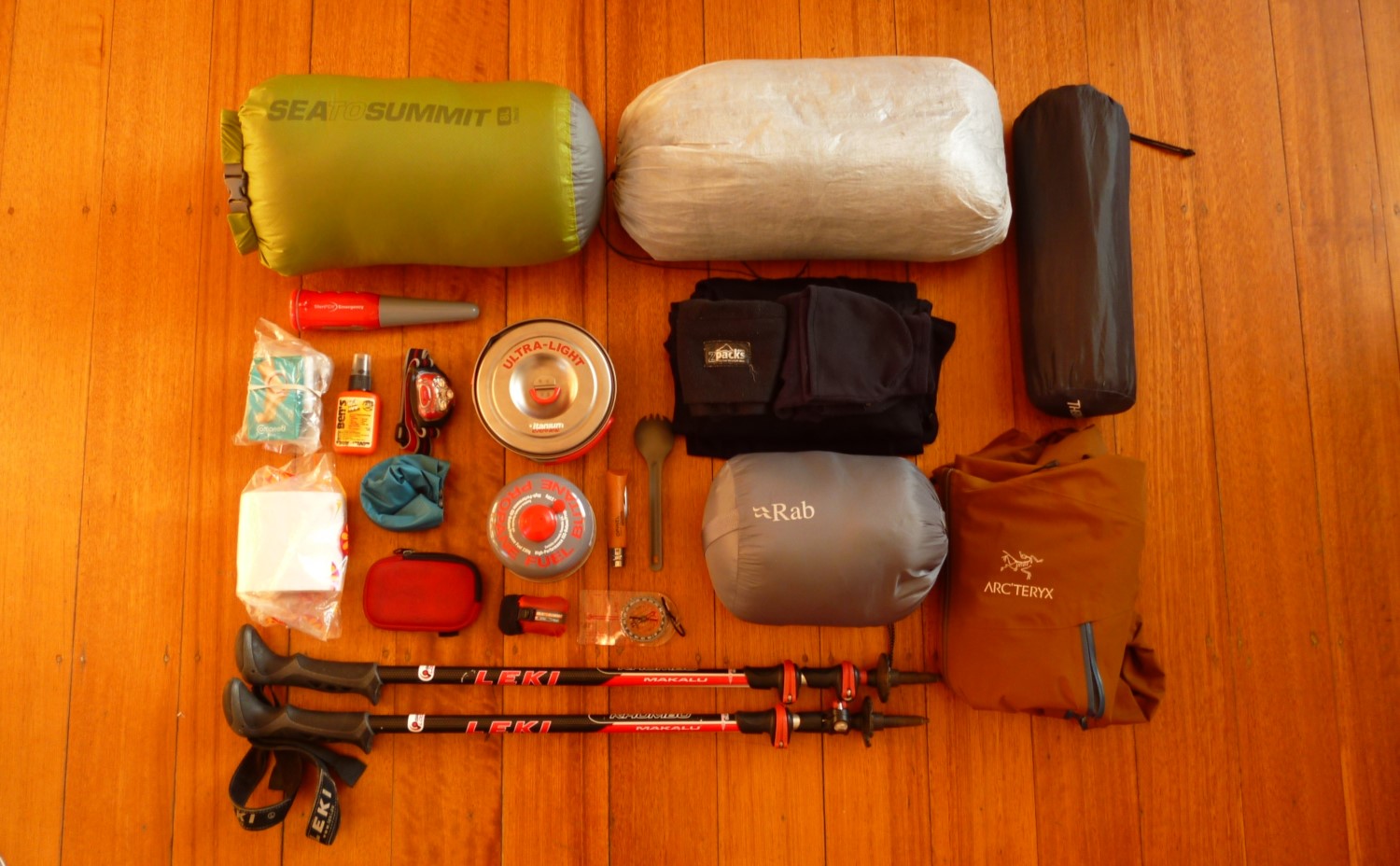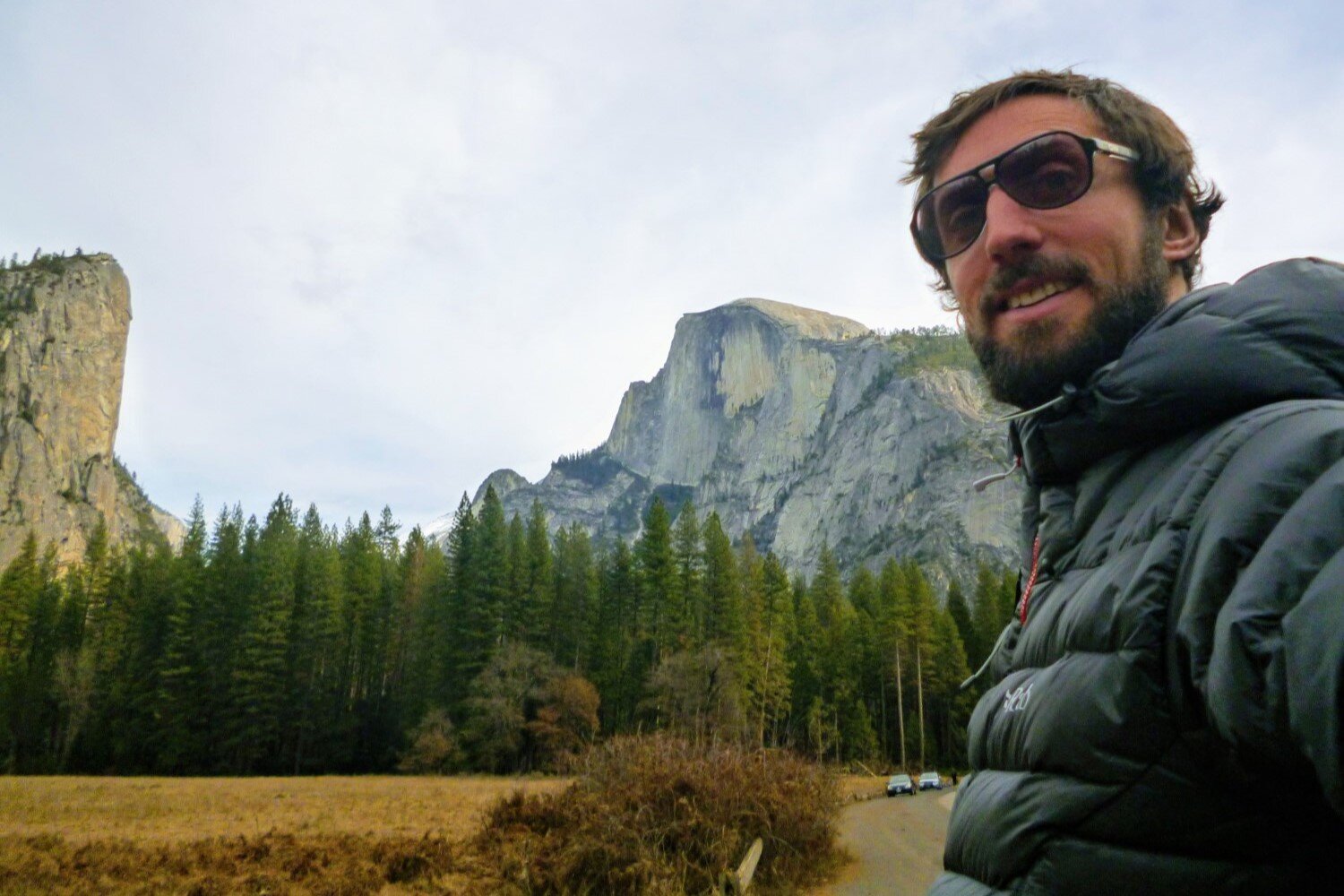Ultimate Guide to Snorkeling with Kids
JUMP TO: MINIMUM AGE / EQUIPMENT / GETTING STARTED / SAFETY TIPS / MAKE IT FUN / BEST LOCATIONS / SUMMARY
Author: Rose Martin
Snorkeling is great fun for parents (and even grandparents!), but it’s especially captivating for kids.
The sights they’ll see on their watery adventures will feed their imaginations for months on end, and they’re likely to develop a lifelong love of the ocean too – who knows, you might have the next David Attenborough, Steve Irwin, or Sylvia Earl on your hands in a few years’ time!
On top of that, snorkeling is a great way to get your kids off their phones and exercising (not to mention, you can enjoy some downtime when they crash out afterwards!).
But taking your youngsters snorkeling for the first time can be a little daunting, and before you head into the water you’ll need to think about things like gear, location, and safety (just to name a few!).
Plus, it’s crucial to make sure that your kids are ready to take the plunge before you throw them into the deep end – the last thing you want to do is terrify them and put them off snorkeling for life…
Here, we’ve put together a detailed guide to snorkeling with kids, so you can make sure that their first snorkeling experience is fun and safe.
It will take some time – and lots of patience – but it’ll all be worth it when you see how much they enjoy snorkeling!
AT WHAT AGE CAN CHILDREN START SNORKELING?
People ask this question all the time and, although there’s no strict rule, most guidelines recommend 5–6 years.
But these recommendations vary and, as we’re sure you already know, each child is different – some are adventurous and sporty while others are clumsy and nervous. So when it comes to snorkeling, we reckon it’s better to ask yourself ‘Is my child ready?’ rather than ‘Is my child old enough?’.
The main thing is to make sure that you’re confident supervising and your child is happy in the water – lots of parents choose to take their toddlers snorkeling!
Although 5-6 years is generally considered a suitable minimum age for snorkeling, you should just ask yourself whether your child is happy in the water and you are confident supervising them.
GETTING THE RIGHT GEAR
One of the best things about snorkeling is that it doesn’t require a lot of fancy equipment, so kitting your kids out with a full set of snorkeling gear won’t break the bank. Just remember to make sure the gear fits properly, or your kids will be super distracted in the water!
MASK: The main choice you have when it comes to masks is whether to go for a regular or full-faced model. Regular masks cover the eye and nose area, but leave the mouth free for a snorkel. The snorkel delivers air from the surface to the user while their face is submerged, and it attaches to the mask strap to keep it in place.
In contrast, full-face masks cover the entire face area (eyes, nose, and mouth) and have an integrated snorkel that extends to the surface. Although full-face masks are popular among nervous snorkelers, there are some concerns over dangerous levels of CO2 accumulating during high-energy activities (check out this article for more details).
Plus, when your child’s snorkeling skills develop, they’ll want to dive under the water for a closer look at the fishes – and this is NOT possible in a full-faced mask. So, overall, we recommend using a regular mask, unless your child really isn’t keen and you need to break them in slowly (but try to switch to a regular mask as soon as possible!).
There are heaps of masks available online, but we definitely recommend the ‘try before you buy’ approach to make sure you get the right fit. You can try on masks in store or borrow gear at club nights or from friends before buying your own.
A great way to test the fit of a mask is to place it over the face (without moving the strap to the back of the head) and inhaling through the nose – if the mask sticks to the face and no air rushes into the mask it’s probably going to provide a good seal in the water.
SNORKEL: Classic snorkels are simple tubes that extend from the mouth to the surface. Water that enters the snorkel is expelled via a sharp exhalation that forces the water back out the top.
Although these are the simplest (and most reliable) snorkels, if your child is having difficulties clearing a snorkel, you might want to consider a snorkel with a guard at the top (to prevent water entering) or with a purge valve at the bottom of the snorkel. It’s easier to blow unwanted water out of a valve than out the top of a snorkel!
No matter which type of snorkel you go for, you need to make sure that it’s the right size – you definitely don’t want a small child to use an adult snorkel! Fortunately, there’s a huge range of toddler and youth snorkels out there, so finding an appropriate one should be easy.
DEFOG (OR SPIT!): If there’s one thing that will freak out a beginner snorkeler it’s a problem with their mask – after all, most beginners feel out of their element in the water, and taking away their vision will only make this worse! As well as making sure the mask fits well, it’s a good idea to make sure that the mask window stays nice and clear.
Commercial defog is a great way to do this – rub a thin coating over the inside of the mask window, rinse it in seawater, then pop on your mask for crystal clear vision throughout your entire snorkel sesh. Oh, and there are some awesome reef-safe options out there nowadays that keep your mask clear and don’t release any chemicals that harm marine life either.
Alternatively, if you’re trying to keep costs low, you can make your own defog – most people find that baby shampoo mixed with water works well (and won’t sting your eyes like regular shampoo!). Finally, there’s nothing wrong with the old-fashioned spit approach either – your spit contains proteins that act as surfactants and do a great job of keeping your mask clear (but try and avoid eating just before you spit)!
Whichever option go you for, once you’ve rinsed off your defog, try to pop your mask straight on your head. Once it’s on, avoid fiddling with it as much as possible (this will cause fogging later on).
FINS: Like masks, it’s super important that your kid’s fins fit them well. If they’re too tight, they’ll end up with numb toes, and if they’re too large they’ll end up with blisters (or accidentally losing a fin!).
You’ll see both closed- and open-heeled fins on the market, and they each have their own pros and cons.
Closed-heel fins are worn with bare feet and have a snug foot pocket. Many beginners like their ‘natural’ feel, and they’re typically lightweight too.
Open-heeled fins have large foot pockets that are designed to accommodate dive booties, so they’re a great option for diving in cold water. Many of them also feature adjustable straps (or at least flexible straps), so they offer more growing room than closed-heeled fins.
SNORKEL VEST: Snorkel vests are designed to help you float on the water’s surface. They provide extra buoyancy so your kids can get used to their gear and improve their finning technique without working too hard to stay afloat, making them a great option for strong and weak swimmers alike.
Unlike life jackets, snorkel vests are streamlined and let you swim with your face in the water. Plus, you can alter the amount of air inside them, which means you can deflate air as your child’s confidence improves but keep the vest on ‘just in case’.
When it comes to snorkel vests, you can opt for either a horse and collar design or a traditional jacket design. Horse and collar vests are essentially air rings that sit around your neck (like a collar), whereas jacket vests fit like, well, jackets. Although jackets are easier to slip on and off (and are usually more buoyant), the extra bulk makes them more restrictive.
SUN PROTECTION: Many (but not all!) of the best snorkeling sites are found in tropical locations. And as much as we love swimming in magical turquoise waters and gazing at vibrant coral reefs, the sun is a serious hazard in these parts of the world.
The easiest way to protect your skin is to simply cover up – there are heaps of rash guards (and even rash leggings) out there with SPF 50+ protection. For any bits of skin on show, make sure you apply a generous amount of waterproof sunscreen (and make sure that it’s reef-friendly too!).
WETSUITS: In other parts of the world, it’s the cold rather than the sun that you need to worry about. If you’re snorkeling in chilly waters, make sure you wear an appropriate exposure suit. Wetsuits and skins are available in a range of thicknesses, and you can keep even more warmth in using accessories such as hoods, gloves, and boots.
Having the right gear — and making sure it fits well — will make your kids snorkeling experience much more positive!
HOW TO GET STARTED (SLOWLY SLOWLY!)
It’s easy to get caught up with the excitement of snorkeling and plunge straight in at the deep end, but we definitely recommend taking things slowly when you’re teaching your kids how to snorkel.
If your little ones try to run before they can walk (or, should we say, swim before they can float), they might end up panicking. At worst, this can mean game over for their snorkeling endeavors forever. At best, you’ll spend heaps of time convincing them to have another go.
By breaking the learning process up into manageable chunks, you’ll build up your child’s confidence slowly, but surely, and the whole thing will be a laid-back, enjoyable experience – remember, snorkeling might be second nature to you, but it’s all new to them!
Here are a few ways you can break the learning process up into steps:
INTRODUCE GEAR BIT BY BIT: All new gear feels a bit strange at first, so we recommend introducing each piece separately. Try starting with the mask – they can put it on above water and get used to the feel of it before having a peek below the surface. Once they’re happy with it, attach the snorkel and let them take a few breaths while stationary. Finally, you can add the fins or try them our separately before combining the whole set.
PRACTICE AT HOME: Whatever gear you go for, it’s important to let your kids get used to it before they head out into open water. With toddlers, you can practice at home in the bath and with slightly older children you can play around in the pool first. By trying out their gear in a safe place with plenty of support, they can get a feel for their gear without any of the distractions you’ll find in open water.
ASSISTED THEN INDEPENDENT SWIMMING: Even if your kid is great little swimmer, it’s a good idea to let them get used to their gear without having to focus much on floating or moving around. With smaller children, you can hold them at the surface and steer them around while they get used to their snorkel and practice their finning technique. With larger children, you might want to use a snorkel vest instead. Once they’re confident with their gear, you can let them have a go at moving around independently with their gear on while you stay nice and close.
PRACTICE SKILLS: You might not want to focus on this too much at the beginning, but if your kid has taken to snorkeling like a duck to water, then they’ll probably benefit form learning a few basic skills. Why not add a small amount of water to their snorkel to test out their snorkel-clearing skills? You can also add a little water to their mask and see if they can clear it by breathing out of their nose. Plus, if they’re keen to learn to duck dive, make sure they know how to equalize first (more on this later).
Assisted swimming is a great way to start out, so that your kid can focus on getting used to their equipment.
HOW TO KEEP YOUR KIDS SAFE WHILE SNORKELING
Okay, now for the boring (but super important!) part… safety. There’s quite a lot to think about when it comes to snorkeling safety, especially with kids, so make sure you’ve brushed up on your safety knowledge before your first trip!
BUDDIES & BACKUP: All experienced scuba divers and freedivers will tell you never to explore the ocean solo – and snorkeling is no different. Even though you’ll be there in the beginning, eventually your child will go snorkeling without you. Make sure they know that they should always have a buddy by their side and tell someone where they’re heading. If they’re snorkeling in a larger group, make sure they know how important it is to follow the group (as well as checking other group members haven’t strayed too far!).
SIGNALS: It’s crucial that you communicate with your buddy when you’re in the water – if they ask if you’re okay (with the classic okay sign), it’s important to reply (by repeating the sign). While there aren’t as many signals with snorkeling as there are with scuba diving, there are a few handy ones to know – check out this article for more details.
SWIM BUOY: Swim buoys are an awesome bit of gear that not only alert boat traffic to the presence of snorkelers in the water (they’re typically very bright!) but can also work as a float to assist tired swimmers.
HYDRATION: As well as making sure their skin is protected from the sun, you need to make sure your kid stays hydrated. Snorkeling isn’t the most strenuous activity, but you can definitely work up a thirst if there’s current, you’re diving a lot, or you stay out for extended periods of time – and this is especially true in hot countries. One advantage of snorkeling from a covered boat is that you can take plenty of water with you and relax in the shade for a while when you need to cool off (it’s a good idea to pack some rehydration salts too!).
FIRST AID KIT: Always make sure you have one of these aboard and keep up to date on your first aid training. As well as the usual plasters and bandages, it’s a good idea to have some extra bits and bobs in your kit catered for water-related activities (like vinegar for jellyfish stings).
EMERGENCY PROCEDURES: As well as making sure you’re confident using a first aid kit, it’s a good idea to make sure the whole family is familiar with emergency procedures. Talk about how snorkelers will get the captain’s attention if they need to, and vice versa, and make sure everyone knows the emergency radio channel for the area.
EQUALIZATION: If your child wants to learn how to dive down beneath the surface (AKA duck diving), they need to learn to equalize. The easiest way to equalize is by pinching the nose and simultaneously trying to breathe air out of the nose. If you don’t equalize, or don’t equalize often enough, the water pressure (which increases with depth) can cause serious harm to your ears. We recommend equalizing almost constantly while you’re getting used to duck diving – better safe than sorry!
HAZARDS: As with all water sports, snorkeling comes with a few risks. Make sure that you and your little ones are familiar with some of the main hazards you might encounter while snorkeling. These include things like boats passing overhead, injuries from aquatic animals, entanglement in marine plants or abandoned fishing gear, and rusty metal protruding from shipwrecks.
CURRENTS: It’s a good idea to find a nice sheltered spot for your first snorkeling adventure. Bays are great as they’re often protected from currents that can tire you out and wind that can cause the swell to pick up (and lead to pesky water in your snorkel!). If you’re heading out into the open, make sure you’re up to speed with currents in the local area (try asking the locals if you’re unsure).
DEPTH: Shallow water is great for your first snorkel trip – your child can test out their gear but stand up if they need to readjust (and remember – they can try out their gear bit by bit again at this stage!). As they get more confident, you’ll likely head out into deeper water. At this point, it can be a good idea to have some kind of boat support with you in case they (or you!) need a break. Alternatively, you could take a float with you and make sure you don’t stray too far from the shore. We definitely don’t recommend starting out in deep water with no boat support!
CONDITIONS: Finally, always remember to check the weather conditions before you head out on a snorkel trip! Large swells can be scary for kids, and it’s also harder to keep an eye on everyone at the surface. Although some rain is okay (you’re going to get wet anyway!), we don’t recommend snorkeling with kids in heavy rain – it will reduce the visibility and your kids might get cold too!
Safety is important — teaching your kid a few hand signals can help them communicate comfortably with you underwater.
MAKE IT FUN!
But let’s not forget, snorkeling is supposed to be fun! Once your kids are comfortable with the basics, you can introduce games and other activities to keep your kids entertained. Some of our favorites include:
FISH ID SLATES: These are a great way for your kids to learn about marine life and have fun at the same time – they can hunt for new fish species and tick off things they’ve seen afterwards!
WATERPROOF CAMERAS: Not only will you get some awesome shots of the whole family, but your kid will most likely develop great breath-holding and buoyancy skills as they learn to dive down and get steady shots of underwater creatures!
SNORKEL TRAILS: Finally, why not let your kids loose on one of the many snorkel trails sprouting up around the world? These clearly marked trails wind around some of the world’s top snorkel sites, all while raising awareness of conservation issues.
BEST LOCATIONS FOR TAKING KIDS SNORKELING
So now you’ve decided to take the plunge and head out on that long-awaited family snorkel trip – but where should you head?
AFRICA: Kenya is an awesome spot for a family holiday in Africa – it’s safe and it’s affordable. With over 500km of coastline to choose from, you’ll find some great snorkeling spots, many of which are within marine protected areas. Plus, if the kids get tired of the sea, you can mix up your trip with a cheeky safari too!
ASIA: Malaysia is our top destination for snorkeling with children in Asia. Compared to the hustle and bustle of nearby Thailand, Malaysia is a calm paradise that’s super easy to navigate on land – and its waters boast all the same delights!
AUSTRALIA: The Great Barrier Reef is hands-down the most famous coral reef in the world, and it makes a great place for a family snorkel trip. There are heaps of tour operators in the area, and they typically have very high safety standards. With sheltered bays and tiny islands to choose from, you really can find the perfect spot for your family, no matter how skilled they are at snorkeling!
EUROPE: Our top European snorkeling destination just has to be Malta – the water is crystal clear, there are some awesome rock formations, and there are heaps of sheltered bays for you to explore with your little ones.
NORTH AMERICA: For the chance to snorkel with manatees, rays, turtles, and more, head on over to Florida Keys, the best snorkel location in the US. There are plenty of organized tours to make sure you see the best bits!
SOUTH AMERICA: The Galapagos Islands might not be the cheapest snorkeling destination, but it’s worth every penny. On a snorkel trip around the Galapagos, you can expect to see anything from sea lions, swimming iguanas, and hammerhead sharks, and the sheer abundance of marine life will take your breath away!
The Galapagos Islands are an amazing place to visit with kids — owing to the abundance of fascinating wildlife, found both on land and underwater!
SUMMARY
So, there you have it, your ultimate guide to snorkeling with kids! As we’ve seen, it requires some careful planning and a lot of patience… but it’s totally worth it to see their faces lit up by the wonders of the marine world. Not to mention, you’ll probably end up going on some awesome vacations too!
MORE INFORMATION
Looking for more information on snorkeling and diving? Be sure to check out some of our other tips and gear reviews:
Or check out our entire Gear Reviews Page, our Knowledge Base Articles, or Destination Guides for more underwater and outdoors related content.
Enjoy your underwater journey!






















